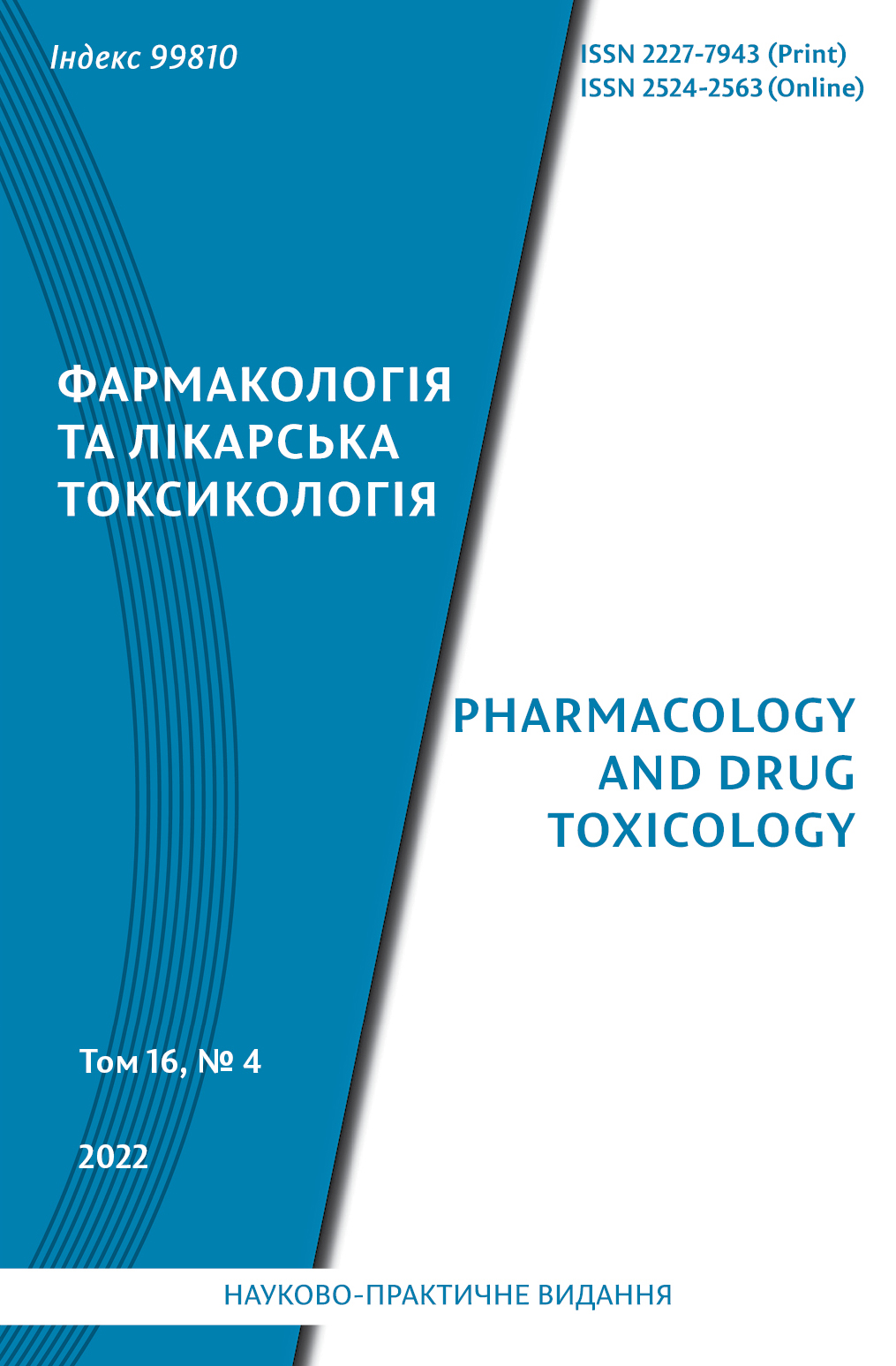Abstract
The aim of the study was to evaluate the effectiveness of the treatment of experimental thermal burn by the gels with extract of the Cetraria іslandica L. thalli. The adaptogenic effect of the gels with Cetraria islandica L. extract on regenerative properties was studied on the model of thermal burn of the skin of laboratory rats. During the experiment, the width and length of the burn were recorded using an electronic caliper, which makes it possible to determine the area of the burn surface. The healing time of the wound surface of the skin of the experimental groups was determined in comparison with the control group of animals that did not receive treatment. The experimental groups were given the gels of a certain composition on the wound surface of the skin every 23 days. The investigated gel samples are complex extract of Cetraria islandica L. (from aqueous extract and thick extract after distillation of the extractant – 50 % ethyl alcohol) with or without addition of proteolytic enzyme (trypsin). In the first few days, the use of experimental samples leads to an increase in the area of the affected skin surface in comparison with the control group. This is due to the presence of natural polysaccharides in cetraria extract, that help to soften the burn scab and can cause a partial increase in the affected area. However, in the experimental groups, peeling of the primary scab is observed faster (the 8 day – for the group treated by the gel sample No. 1, on the 3 day – for the group treated by the gel sample No. 2 with the addition of trypsin), and, as a result, the process of regeneration of the wound surface of the skin was accelerated. It was established that both gel samples with Cetraria islandica L. extract are characterized by high levels of regenerative activity due to the content of biologically active substances, in particular polysaccharides and compounds of a polyphenolic nature. And the use of the enzyme as part of the dosage form makes sense only in the first days of treatment. Because it was shown that the use of sample No. 2 contributes to the rapid (within 3 days) exfoliation of the primary scab, which significantly accelerates the regeneration process of the wound surface of the skin. In the future, the presence of the enzyme did not affect the recovery process.
